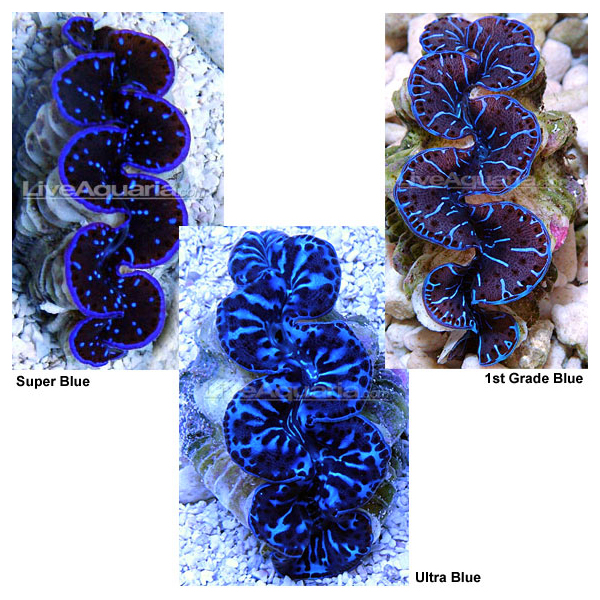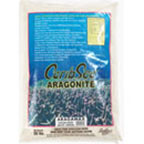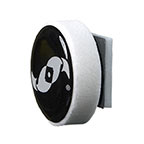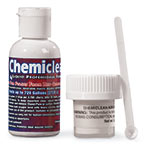
Additional locales and sizes may be available!
Additional locales and sizes may be available! Email me when availableQuick Stats
What do these Quick Stats mean? Click here for more information
What do these Quick Stats mean? Click here for more information
Overview
The Maxima Clam, also known as the Small Giant Clam, is a renowned species among giant clams, particularly those hailing from the Red Sea. Its mantle, adorned with a rich variety of patterns and vivid colorations, creates a spectacular display in reef aquariums illuminated properly. Maxima Clams often thrive in large congregations, adding to the allure of underwater landscapes, reaching sizes of up to 12 inches in their natural habitat.
The majority of Tridacna maxima available in the aquarium trade originate from clam farms situated in the Central and South Pacific. With an extensive array of colors and patterns, these clams are graded based on size, color intensity, and pattern complexity, reflecting their pricing. Larger specimens boasting intense coloration and intricate patterns command higher prices.
Identifiable by their elongated shells lacking symmetry, Maxima Clams feature narrowly spaced scutes or scallops on the upper portions of each side of their hinged shells. Like other members of its genus, T. maxima attach to hard substrate or rockwork using thread-like appendages called byssal filaments. Upon introduction to an aquarium, they typically attach to a solid surface within a day, marking their spot permanently. To remove a clam from a hard surface, gently cut each byssal thread with a razor blade close to the attachment point, avoiding damage to tissue.
In home aquariums, Maxima Clams from the Red Sea require intense lighting to thrive, housing symbiotic algae called zooxanthellae. Smaller specimens, especially those under 2 inches, are more sensitive to intense lighting due to their thinner membranes. Proper photo-adaptation to existing reef aquarium lighting is crucial, starting with placement on a small rock or in a plastic dish with coarse substrate and gradually moving them upward in the tank.
As filter feeders, Tridacna clams constantly filter water for particulates. While larger Maxima Clams above 2 inches typically don't need supplemental feeding, smaller ones should receive phytoplankton or greenwater supplements several times a week in nutrient-poor reef aquariums.
Relatively hardy, Tridacna maxima thrives in home aquariums with intense lighting and good water flow. Maintaining proper water chemistry is vital, with recommended calcium levels of 380-450 mg/L, alkalinity of 8-11 dKH, and magnesium levels of 1280-1350 ppm.
Approximate Purchase Size: 1" to 2"









